Campervans have always been about freedom—the joy of hitting the open road with everything you need right behind the driver’s seat. But while the spirit of adventure has remained the same, the interiors of these rolling homes have changed beyond recognition. From bare-bones setups with just a bed and a gas stove, to sleek, high-tech spaces that wouldn’t look out of place in an interior design magazine, campervan interiors have come a long way.
The journey reflects changes in society, technology, and travel habits, transforming these vehicles from simple overnight shelters into rolling sanctuaries that offer all the comforts of home. Let’s take a look at how campervan interiors have evolved over the decades, from rustic and practical to stylish and luxurious, all while keeping that sense of wanderlust firmly in gear.
The Early Days: Function Over Form (1900s-1940s)
Campervan interiors have come a long way from their humble beginnings, evolving from basic, functional spaces into fully-equipped, luxurious mobile homes. But to understand just how far they’ve come, it’s worth looking at why they came about in the first place. In the early 20th century, as personal motoring became more accessible, so too did the desire to travel—and not just from point A to point B, but to explore, roam, and do it all with a bed and a kettle in tow.
One of the earliest known motorhomes was the Pierce-Arrow Touring Landau from 1910—a luxury American touring car with a cleverly modified back seat that folded down into a bed for two. It was a far cry from today’s plush campervans, but it planted the seed for combining travel and accommodation into one vehicle.
Then, in 1919, Britain gave us the Eccles Motorised Caravan, considered the first practical, mass-produced campervan. Built on the back of a Model T Ford, it was basic but brilliant: a portable shelter with the essentials to keep early 20th-century travellers dry, fed, and well-rested. Demand for the Eccles skyrocketed, and the company struggled to keep up, highlighting just how eager people were to embrace life on the road—even if the interiors were little more than wooden bunks and shelves.
These early campervans were all about function over flair. But over time, as society embraced leisure travel and technology marched on, those spartan setups gradually gave way to more comfortable and stylish interiors. What started as a place to sleep out of the rain soon became a rolling home—complete with kitchens, proper beds, and even indoor plumbing. The journey from the Eccles caravan to today’s sleek, high-tech motorhomes tells a story not just of design evolution, but of how our relationship with travel and comfort has changed over the decades.
The Boom of Leisure Travel: 1950s–1960s
After the hardships of World War II, the 1950s and 60s ushered in a new era of optimism, prosperity, and a thirst for adventure. With rising car ownership, better road infrastructure, and more disposable income, leisure travel became a real possibility for everyday families—not just the wealthy. Holidays abroad were still out of reach for many, so the idea of loading up the van and setting off to the coast, countryside or beyond became the ultimate symbol of freedom.
At the heart of this new way to travel was the Volkswagen Type 2—known affectionately as the Bulli, Kombi, or simply the VW Camper. Introduced in the late 1940s and designed by Dutch importer Ben Pon, the Type 2 was based on the VW Beetle’s underpinnings, but with a spacious, boxy layout that made it perfect for conversion into a home on wheels.
Inside, early campervan conversions were modest but innovative. You’d find fold-down bench seats that transformed into beds, removable tables, and basic cupboards to stow pots and pans. Some models even had pop-up roofs to create extra headroom and sleeping space. It wasn’t luxurious—but it was enough. Enough to give people the freedom to explore, sleep under the stars, and wake up to a new view every morning.
These vans weren’t just vehicles—they were a lifestyle. For surfers, artists, young couples and growing families, the campervan was a passport to independence. It came to represent counter-culture, creativity, and the joy of slow travel. Whether parked on a Cornish clifftop or beside a lake in the Lake District, the campervan quickly became an iconic part of the post-war travel boom—and it laid the foundations for the camper culture we know and love today.
Comfort & Customisation: 1970s–1980s
By the time the 1970s rolled around, campervan travel had truly embedded itself in popular culture—and with that came a wave of innovation, individuality, and a desire to bring a bit more comfort along for the ride. The interiors of these beloved vans started to reflect the personality of their owners, with wild fabrics, earthy colour schemes, and the kind of DIY charm that made every van unique.
Gone were the barebones wooden benches and minimal fittings of earlier decades. In their place came brightly patterned upholstery, carpeted interiors, and hand-built kitchen pods complete with gas hobs, sinks, and cool boxes. Space was still tight, but creativity was high—clever folding mechanisms, pull-out beds, swivel seats, and multi-use tables became the order of the day.
It wasn’t just about fun aesthetics, though. As people started to travel further afield, sometimes across countries or even continents, there was a push for practical upgrades too. Insulation became more common, and some campers even had basic heating systems installed, making cold-weather adventures more comfortable. The focus was shifting: campervans weren’t just for weekend escapes anymore—they were becoming serious contenders for extended road trips and even full-time living.
One particularly brilliant—and bonkers—example from this era was the Trailorboat. A proper piece of engineering whimsy, it featured a built-in bed, practical storage, and a roof that could be removed and used as a fibreglass boat. Yes, really. If ever there was a symbol of the experimental spirit of 70s camper design, this was it.
Whether you bought a factory-built model or converted one yourself in the driveway with a bit of MDF and a lot of enthusiasm, the 70s and 80s were all about comfort, colour, and character. It was the era when campervans truly became homes on wheels—and each one told a different story.
The Technology Revolution: 1990s–2000s
As the 20th century came to a close, campervans entered a new age—one driven by technology, efficiency, and a growing demand for home comforts on the move. The carefree, bohemian charm of the 70s and 80s was still alive and well, but by the 1990s, campervan interiors were beginning to look—and feel—far more advanced.
One of the biggest shifts was the rise of factory-fitted conversions. Rather than relying solely on DIY builds, more people were turning to specialist manufacturers for professional-grade interiors. These conversions offered better quality materials, clever layouts, and an attention to detail that made small spaces feel surprisingly spacious.
Technology began playing a major role. Features that were once considered luxuries started to become standard:
✔️ Built-in entertainment systems, including small TVs, CD players, and stereo units, turned campervans into cosy movie or music lounges.
✔️ Climate control systems, including improved insulation and even basic air-con units, made all-weather camping more viable (and far more comfortable).
✔️ Convertible furniture—from rock-and-roll beds to swivel chairs and folding tables—maximised every inch of available space.
The focus on space efficiency was paired with efforts to improve the aerodynamics and fuel economy of the vans themselves. As fuel prices began to rise and environmental concerns crept into the public consciousness, lightweight materials and streamlined body kits became increasingly important.
This era also saw the birth of “glamping”—glamorous camping. Campervans were no longer just about roughing it. People wanted the charm of van life without sacrificing comfort. So, out came the rustic wood-effect interiors, stylish mood lighting, upgraded kitchen appliances, and luxury upholstery. It was camping—but with posh cushions, LED reading lights, and maybe even a bottle of wine chilling in a compact fridge.
By the end of the 2000s, the campervan had well and truly shaken off its “back-to-basics” image. It was now a smart, efficient, and surprisingly sophisticated way to travel—bringing all the benefits of the open road, without leaving your creature comforts behind.
Luxury on Wheels: 2010s to Present
It’s fair to say we’re now living in the golden age of campervans. The days of roughing it in a van with a foam mattress and a camping stove are long gone—today’s high-end conversions are more boutique hotel suite than campsite shack. Modern campervans are designed not only to meet your needs on the road, but to completely spoil you while doing so.
Inside these rolling retreats, you’ll now find all the mod cons you’d expect in a stylish city flat:
✔️ Full-sized kitchens complete with induction hobs, fridge-freezers, proper worktops, and soft-close drawers.
✔️ Bathrooms with hot showers, flushing toilets, and clever water-saving tech for off-grid use.
✔️ King-sized beds, luxury memory foam mattresses, and plush, hotel-style upholstery.
✔️ Smart home-style systems that let you control your lighting, heating, blinds, and even door locks from your phone or tablet.
✔️ Eco-conscious upgrades, such as solar panels, lithium batteries, and low-energy appliances, allow longer trips away from hook-ups and reduce your environmental footprint.
But it’s not just about features—it’s about feel. Modern campervan aesthetics have had a complete glow-up. Scandinavian-inspired interiors are now hugely popular, with clean lines, neutral tones, hidden storage, and a calming sense of space. High-end materials like solid wood worktops, ambient LED lighting, and designer fabrics bring a boutique finish to the most compact of spaces.
Whether you’re after a rugged off-grid warrior that can handle wild camping in the Highlands, or a sleek, apartment-on-wheels that glides through the south of France in effortless style, there’s a van for every lifestyle and taste. And thanks to a booming community of skilled converters, custom builders, and clever modular kit creators, your dream layout is more achievable than ever.
The 2010s and beyond have truly redefined what it means to live and travel in a campervan. It’s not just about getting from A to B—it’s about enjoying every moment in between, with all the comfort and class you could ask for, wherever you decide to park up.
The Future of Campervans
So what’s next? With electric and hybrid campervans on the horizon, self-sustaining, eco-friendly travel is set to become the norm. Expect even smarter layouts, lightweight materials, and AI-driven automation to make life on the road even easier.
From basic shelters to high-tech havens, campervans have always been about one thing: freedom. Whether you prefer the simplicity of a vintage VW or the comfort of a modern motorhome, there’s never been a better time to hit the road.
Where will your camper take you next?

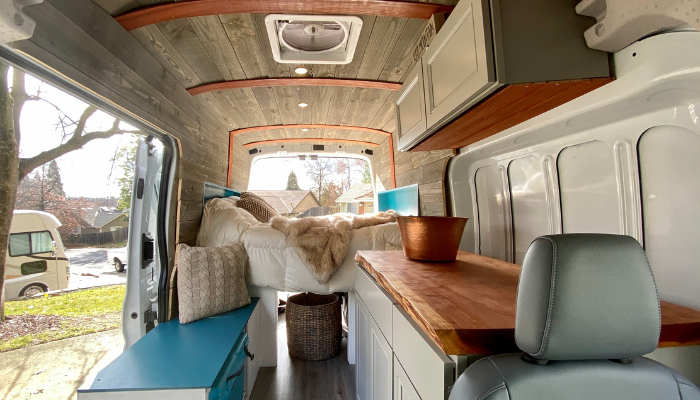
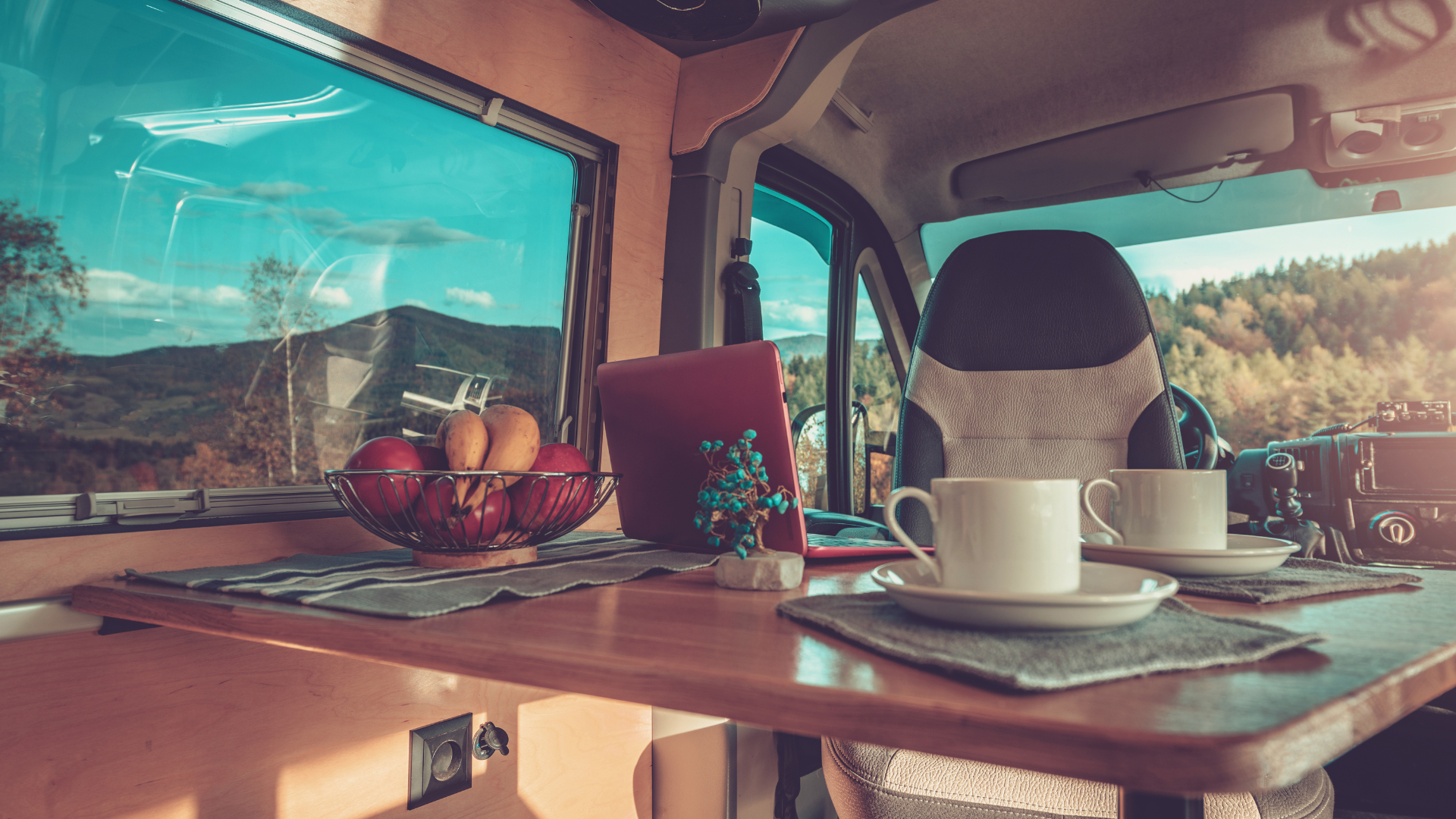
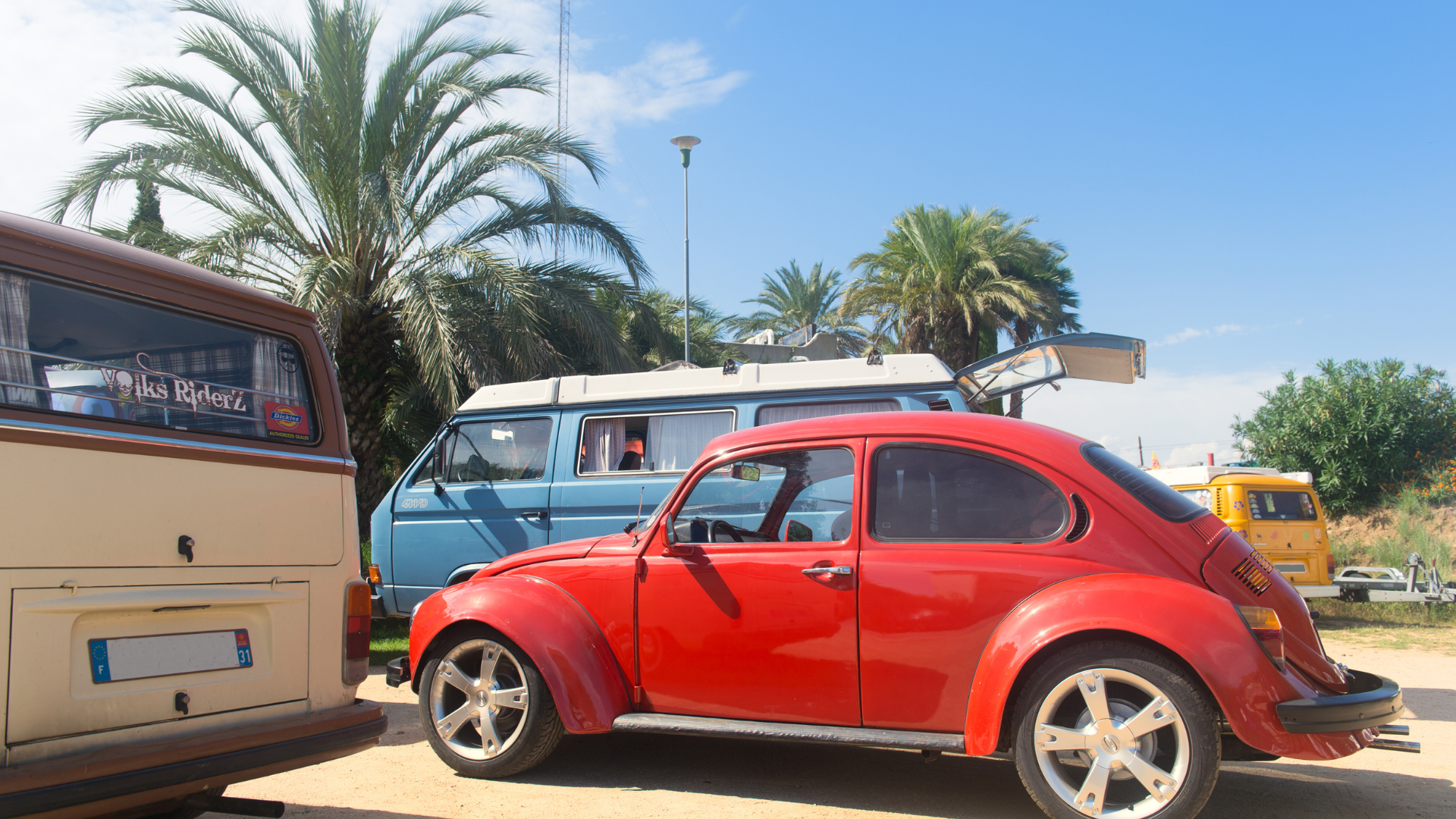
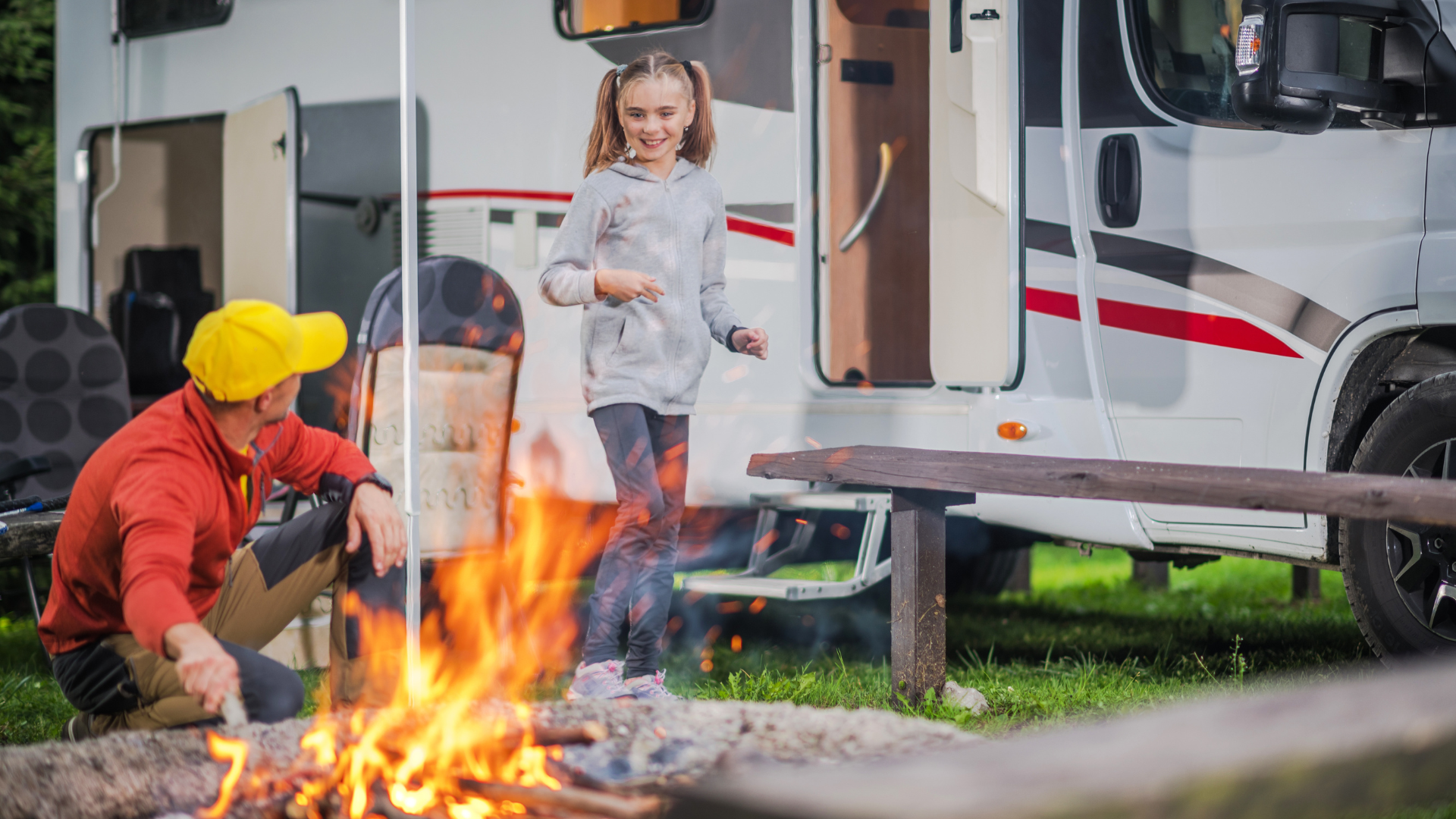
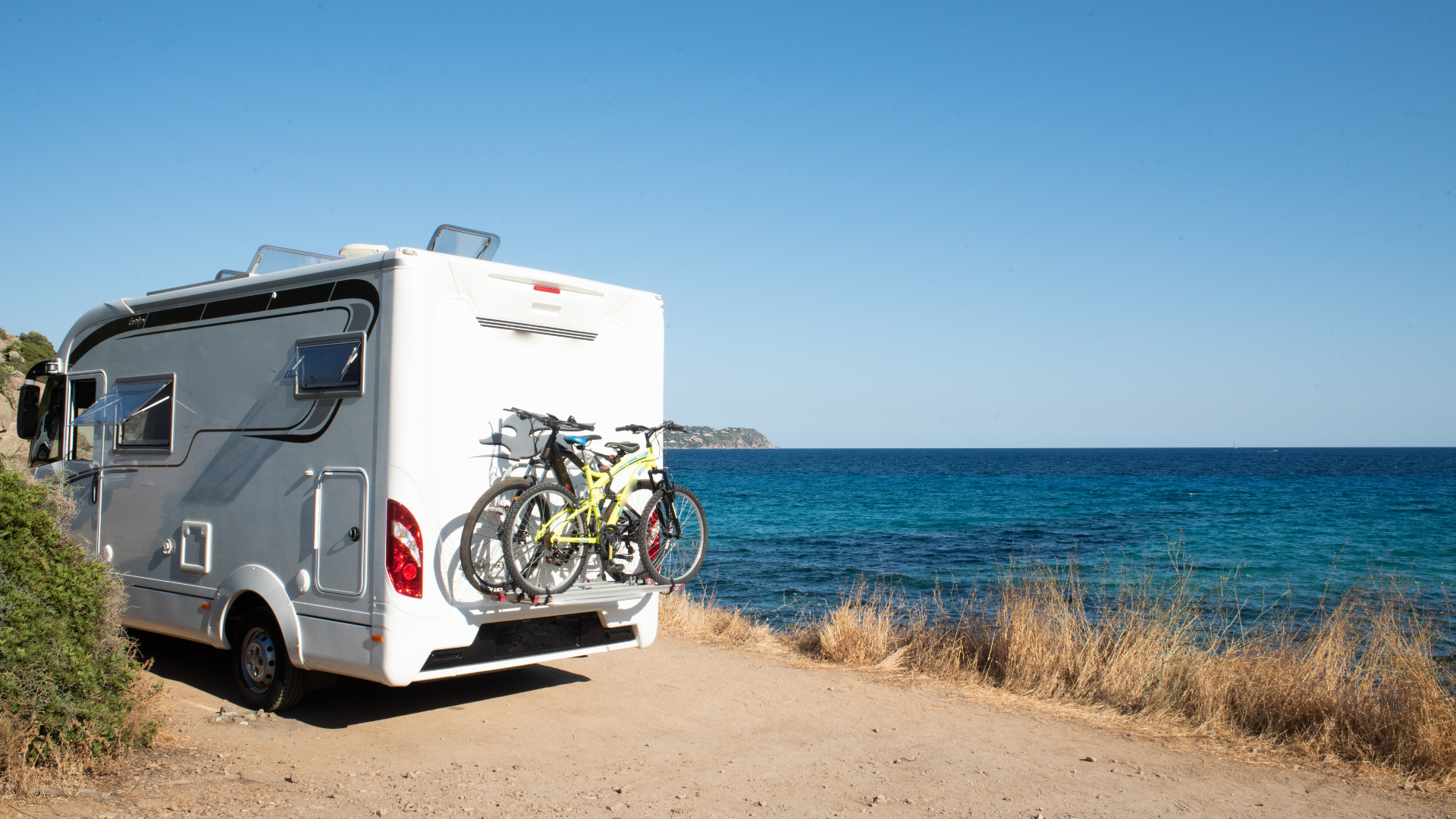
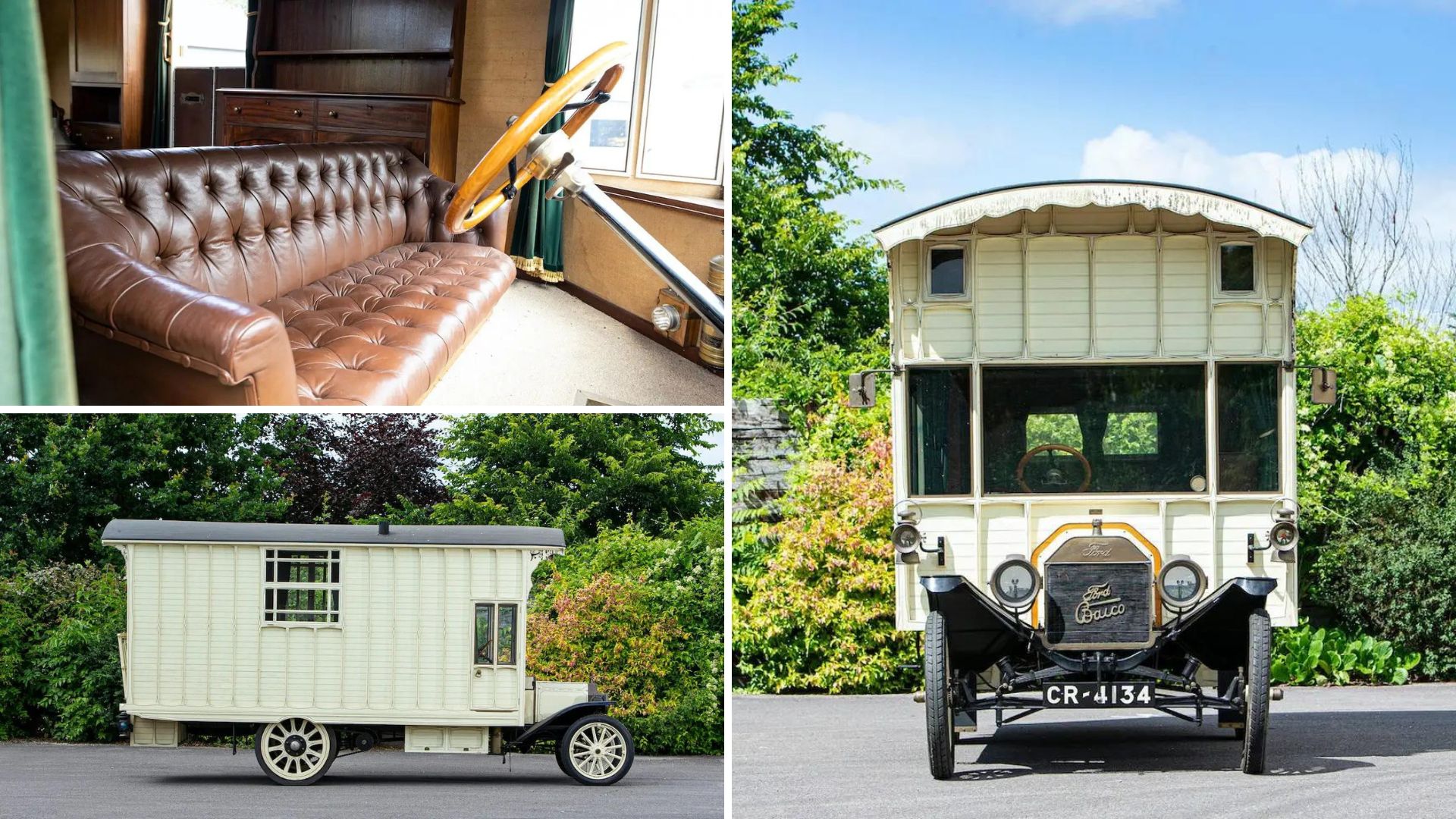
Leave A Comment